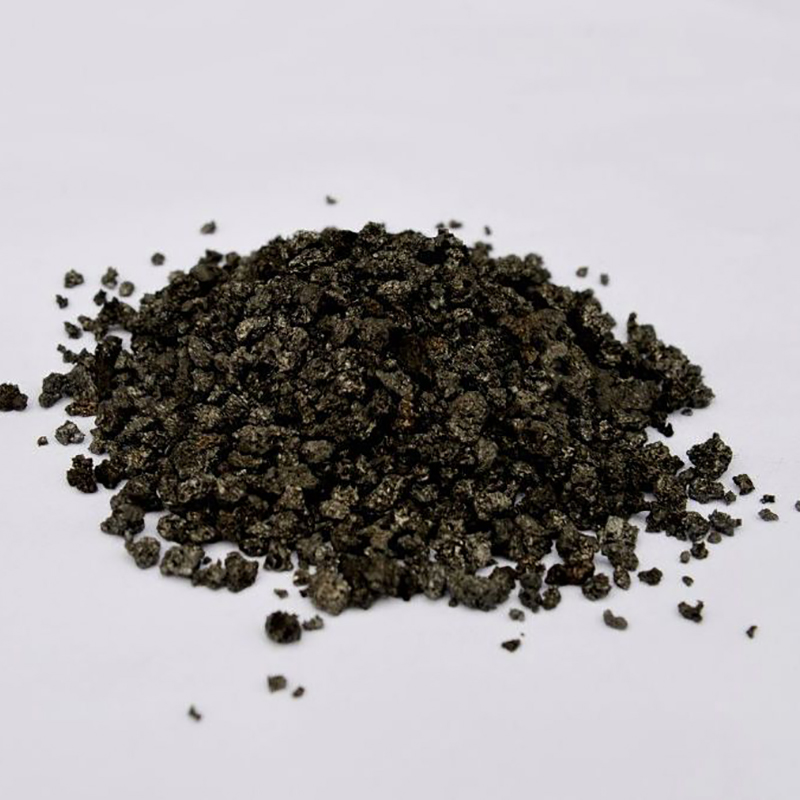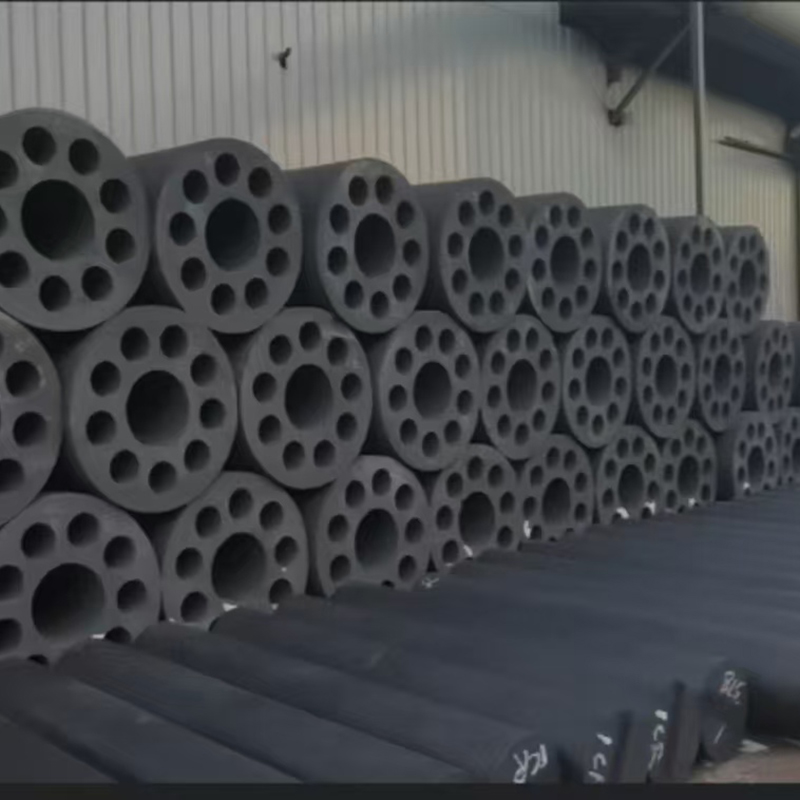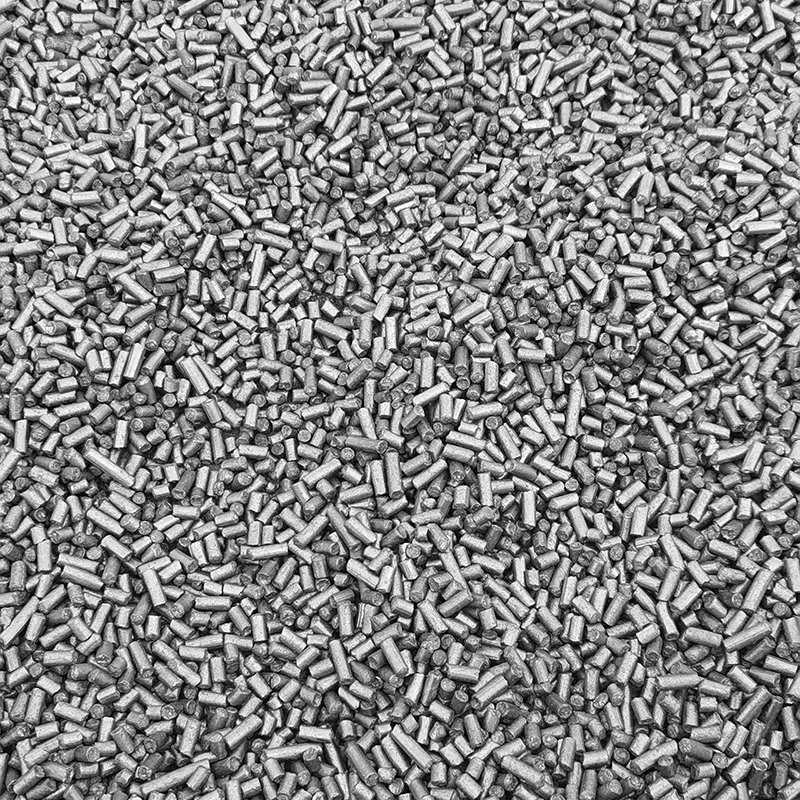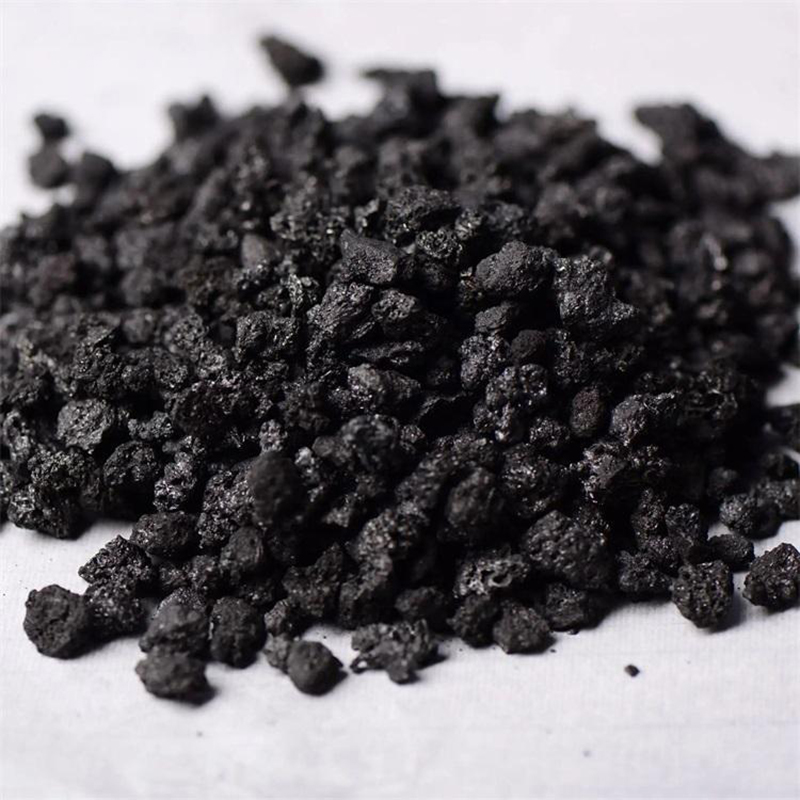- Chinese
- French
- German
- Portuguese
- Spanish
- Russian
- Japanese
- Korean
- Arabic
- Irish
- Greek
- Turkish
- Italian
- Danish
- Romanian
- Indonesian
- Czech
- Afrikaans
- Swedish
- Polish
- Basque
- Catalan
- Esperanto
- Hindi
- Lao
- Albanian
- Amharic
- Armenian
- Azerbaijani
- Belarusian
- Bengali
- Bosnian
- Bulgarian
- Cebuano
- Chichewa
- Corsican
- Croatian
- Dutch
- Estonian
- Filipino
- Finnish
- Frisian
- Galician
- Georgian
- Gujarati
- Haitian
- Hausa
- Hawaiian
- Hebrew
- Hmong
- Hungarian
- Icelandic
- Igbo
- Javanese
- Kannada
- Kazakh
- Khmer
- Kurdish
- Kyrgyz
- Latin
- Latvian
- Lithuanian
- Luxembou..
- Macedonian
- Malagasy
- Malay
- Malayalam
- Maltese
- Maori
- Marathi
- Mongolian
- Burmese
- Nepali
- Norwegian
- Pashto
- Persian
- Punjabi
- Serbian
- Sesotho
- Sinhala
- Slovak
- Slovenian
- Somali
- Samoan
- Scots Gaelic
- Shona
- Sindhi
- Sundanese
- Swahili
- Tajik
- Tamil
- Telugu
- Thai
- Ukrainian
- Urdu
- Uzbek
- Vietnamese
- Welsh
- Xhosa
- Yiddish
- Yoruba
- Zulu
- Kinyarwanda
- Tatar
- Oriya
- Turkmen
- Uyghur

Understanding and Utilizing UHP Electrodes
2025-07-01
Understanding and Utilizing UHP Electrodes
This comprehensive guide explores the world of ultra-high-purity (UHP) electrodes, covering their composition, applications, advantages, and considerations for selection and use. Learn about different types of UHP electrodes, best practices for their implementation, and how to ensure optimal performance in various industrial processes. We’ll also examine the importance of sourcing high-quality UHP electrodes from reputable manufacturers.
What are UHP Electrodes?
UHP electrodes, also known as ultra-high-purity graphite electrodes, are specialized graphite electrodes manufactured with exceptionally high purity levels. This typically means impurity levels are significantly lower than standard graphite electrodes, resulting in enhanced properties crucial for specific applications. The purity levels are usually measured in parts per million (ppm) of impurities, with higher purity correlating to better performance in demanding processes. These electrodes find their niche in applications requiring minimal contamination or interference from impurities.
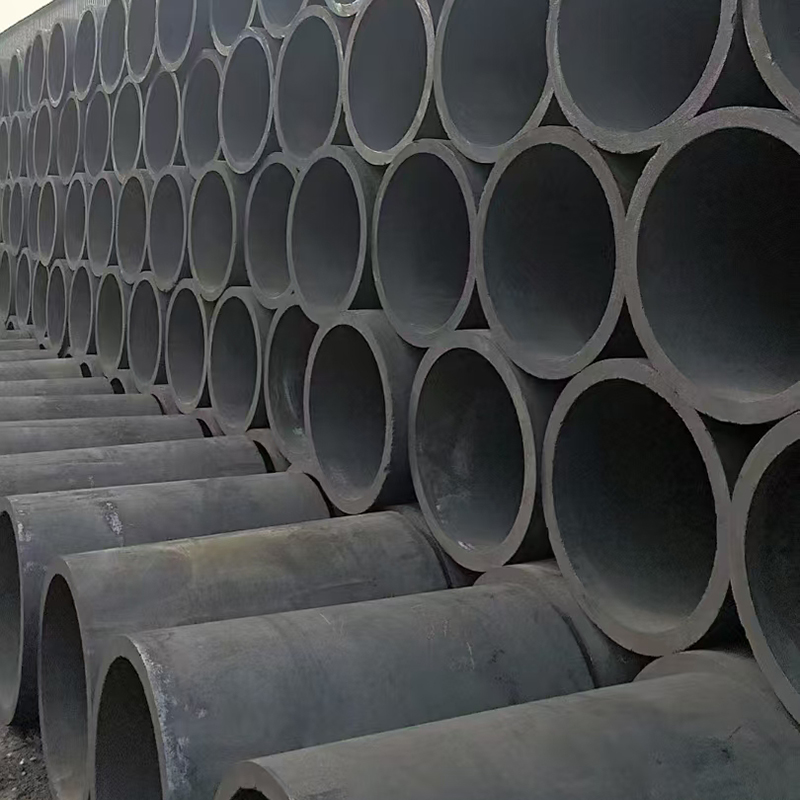
Types of UHP Electrodes
Several types of UHP electrodes exist, each tailored to specific applications and requirements. The differences often lie in their manufacturing processes, resulting in variations in purity, density, and grain size. These variations influence the electrode’s electrical conductivity, resistance to oxidation, and overall lifespan.
Isostatic Pressed UHP Electrodes
Isostatic pressing techniques allow for the creation of highly dense and uniform UHP electrodes. This process results in improved mechanical strength and better resistance to thermal shock, making them suitable for high-temperature applications.
Extruded UHP Electrodes
Extruded UHP electrodes often have a slightly different microstructure compared to isostatically pressed electrodes. While they may not achieve the same density, their manufacturing process can be more cost-effective for certain applications.
Applications of UHP Electrodes
The exceptional purity and characteristics of UHP electrodes make them ideal for various demanding applications across several industries. Their use significantly impacts the quality and efficiency of these processes.
Semiconductor Industry
In semiconductor manufacturing, the ultra-high purity of these electrodes is critical to prevent contamination of silicon wafers and other sensitive materials during crystal growth and other processes. The low impurity levels ensure the integrity of the final semiconductor products.
Solar Energy
The production of high-efficiency solar cells also benefits from the use of UHP electrodes. These electrodes contribute to minimizing defects and maximizing energy conversion efficiency in solar panels.
Other Applications
UHP electrodes find applications in various other industries, including metallurgical processes, where their purity helps in producing high-quality alloys and minimizing unwanted impurities in the final product. They are also utilized in the production of specialty chemicals and advanced materials requiring the highest levels of purity.

Selecting the Right UHP Electrodes
Choosing the appropriate UHP electrodes depends on various factors, including the specific application, required purity levels, and desired performance characteristics. It’s crucial to consult with a knowledgeable supplier to determine the optimal electrode type and size for your needs. Consider factors such as the operating temperature, current density, and the required lifespan of the electrode.
Sourcing High-Quality UHP Electrodes
For consistent performance and reliability, sourcing UHP electrodes from a reputable manufacturer is essential. Hebei Yaofa Carbon Co., Ltd. (https://www.yaofatansu.com/) is a leading provider of high-quality carbon and graphite products, including a range of UHP electrodes. Their commitment to quality and strict manufacturing processes ensures the consistent delivery of superior products.
Conclusion
UHP electrodes play a vital role in various high-technology industries, demanding precise control over purity and performance. By understanding the different types, applications, and selection criteria, you can ensure the optimal use of these specialized electrodes, leading to improved product quality and process efficiency.
table { width: 700px; margin: 20px auto; border-collapse: collapse;}th, td { border: 1px solid #ddd; padding: 8px; text-align: left;}th { background-color: #f2f2f2;}







